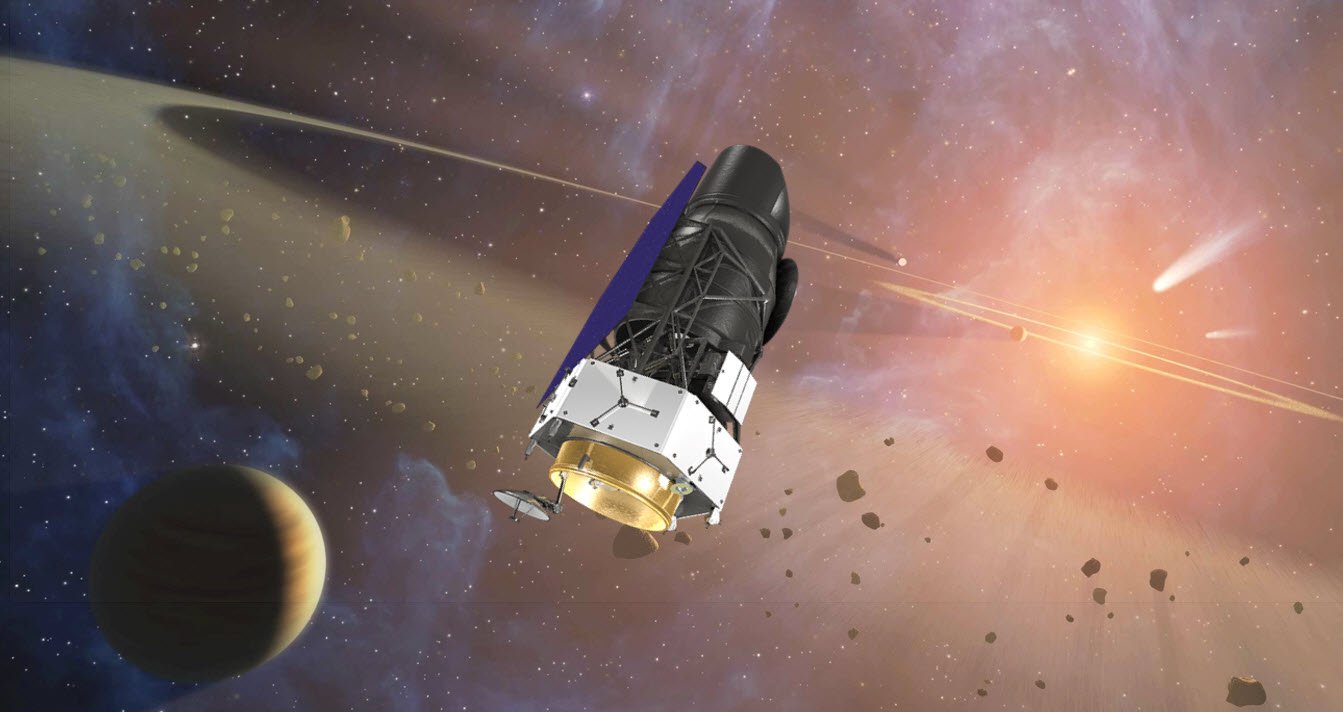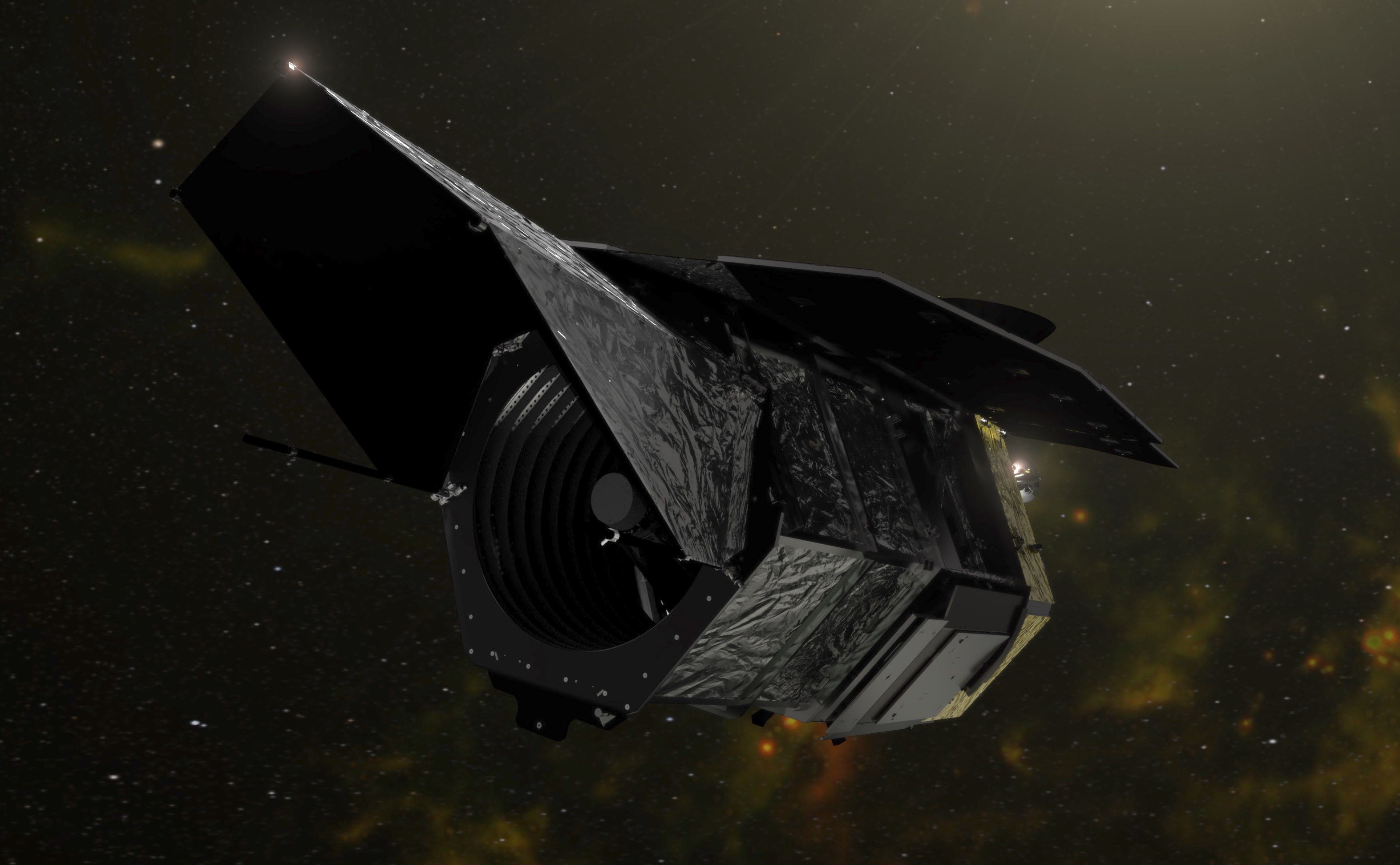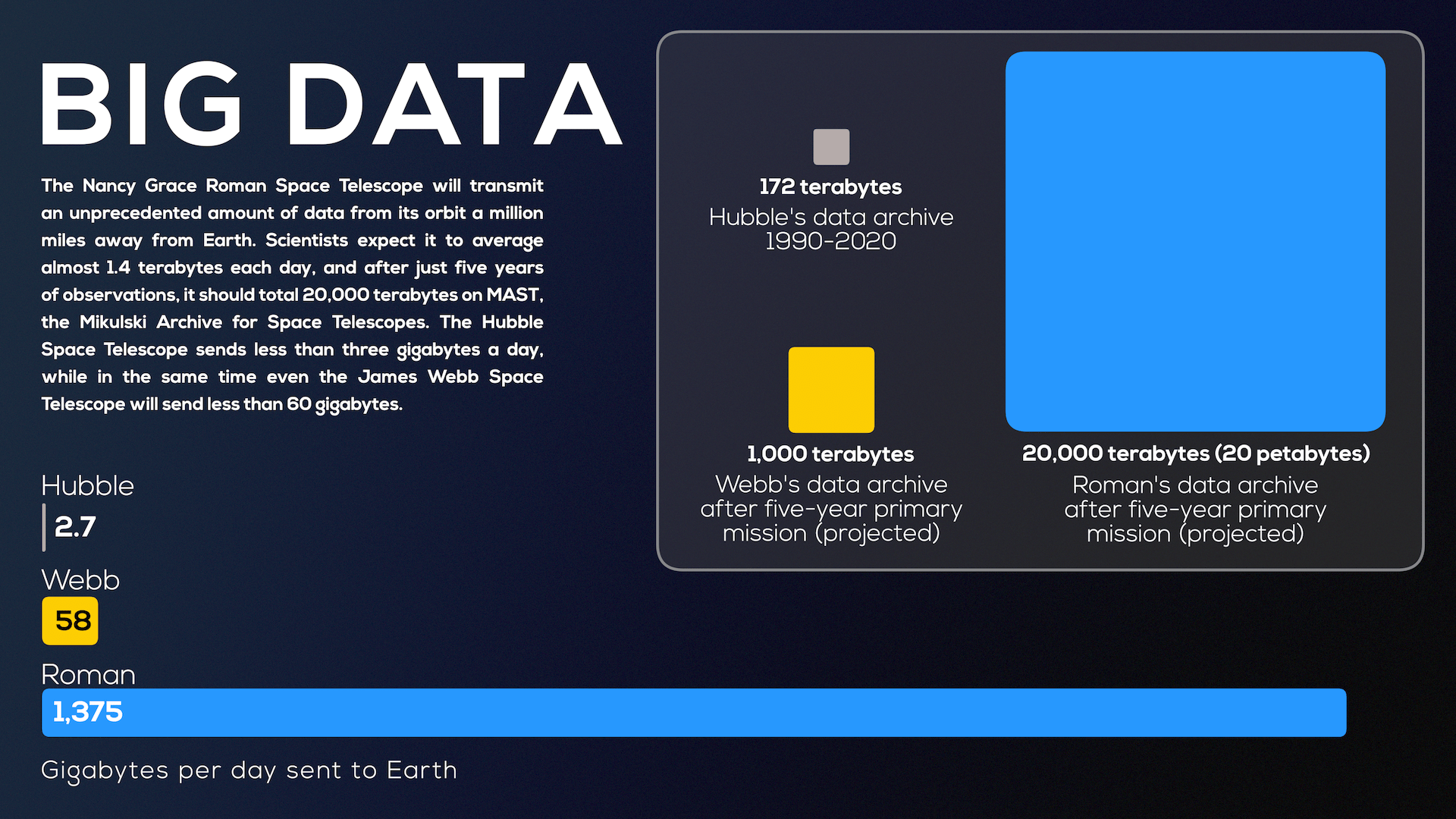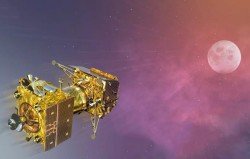Science & Technology

Elon Musk’s space venture, Space Exploration Technologies Corporation (SpaceX), which is making strides in launching and landing rockets and beaming the internet from space, was awarded a new contract from the National Aeronautics and Space Administration (NASA) to launch Nancy Grace Roman Space Telescope on July 19.
The California-based company bagged the NASA Launch Services (NLS) II contract worth approximately $255 million to launch the next generation of NASA’s space telescope aboard its most powerful rocket in operation to date, Falcon Heavy.

The targeted launch window is on October 2026.
The mission with a total lifecycle cost of $4.32 billion which is nearly half the cost of the James Webb Space Telescope (JWST)
SpaceX’s giant rocket with three boosters proved its capability when it famously launched Musk’s cherry red Tesla Roadster with a dummy astronaut – Starman – in the driver’s seat towards the asteroid belt in 2018.
The target orbit of the telescope is one million miles away from Earth, orbiting the L2 point (the second Lagrange Point), about “four times further than the Moon”.
What is Nancy Grace Roman Space Telescope

Nancy Grace Roman Space Telescope - also called RST - is the top-priority large space mission recommended by the 2010 Astronomy and Astrophysics Decadal Survey.
The decadal survey which happens every ten years in the United States reviews astronomy and astrophysics literature produced in the past ten years and gives recommendations for the next decade.
The barrel-shaped telescope, which looks like Hubble, is named after the first female executive at NASA, Nancy Grace Roman, who is also called the “mother of Hubble”.
RST with its 2.4-meter primary mirror has two major instruments. Wide Field Instrument, which is a 300-megapixel camera system, will help to produce images near-infrared (NIR) with stunning sharpness - the equivalent of being able to see “which way a firefly is facing in a photo taken from a distance of 10 miles”. NASA says this is useful for “stable observations for implementing the dark energy, exoplanet microlensing, and near-infrared (NIR) surveys”.
The other important instrument called Chronograph Instrument is a spectrograph – which helps to determine the chemical elements of objects. This instrument is a “technology demonstration” to directly image exoplanets.
Dubbed the next flagship telescope, it will help understand the effects of dark energy and, dark matter, and exoplanet exploration. The elusive dark matter and dark energy make up roughly 95 percent of the universe; the rest of what we see, and observe on the earth and beyond is made up of five percent matter.

NASA said in a statement: “Roman also includes a substantial general investigator program to enable further studies of astrophysical phenomena to advance other science goals.”
Roman vs Hubble vs JWST
While it’s the same size as the Hubble Space Telescope’s main mirror, it is less than one-fourth the weight which is 186 kilograms.
Roman will be able to capture an area over 100 times larger than Hubble in a single snapshot. With this, RST gets a unique ability to do wide-field surveys at the “space-based resolution”, which will be the observatory’s primary operating mode.
RST unlike JWST and Hubble is a survey mission which means it will gather “mountains of data” on which further research can be carried out.
Hubble Space Telescope which launched in 1990 and remains in operation to date generated 172 terabytes (1 terabyte = 1,024 gigabytes) of data by 2020, in comparison, JWST will generate 1,000 terabytes in its five-year primary mission. But shadowing both of them, RST is expected to generate 20,000 terabytes in its five-year primary mission which is 20 times the data generated by JWST.

In a July 29 article, NASA quoted Nancy Levenson, the deputy director at Space Telescope Science Institute (STScI) – one of the institutes developing the telescope – as saying: “We are developing novel tools and new ways of working so the global research community can make best use of the advanced capabilities of this survey-oriented, ‘big data’ space mission.”






